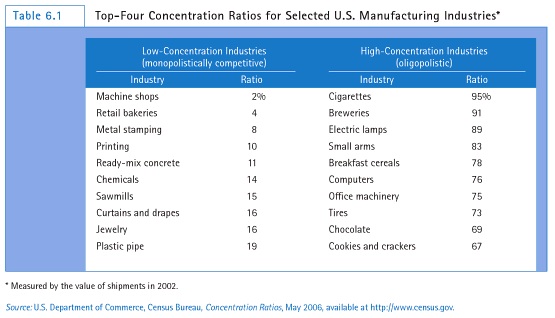FrackIM is instant messaging bot (using XMPP) that Bob Wyman recently revealed. It tickles one of my long time interests – forward chaining on the Internet; e.g. how are updates propagated from where they occur to those who are interested. The problem is fraught challenges. How to make it private is one. For example nobody ought to know I’m interested in follow updates about <redacted>, or that I’m currently in the market for <redacted>. Avoiding the forming of one or only a few hubs is extremely hard. And then all then engineering is fun.
The hubs are fascinating. Imagine there is a single hub, and every update about everything is sent thru that hub. If you were that hub you could see all kinds of things. Well we sort of have a hub like that already. Some years ago the blog community gin’d up a way to push notifications about updates to hubs. A second generation approach to that problem emerged after a while, that goes by the unwieldy but amusing name PubSubHubbub. Publishers send notifications to the hub and subscribers get (or pull) notifications from the hub.
FrackIM is a demo of Bob calls prospective search. It allows you to set up various search patterns and then when something “goes by” it will immediately send you an notice about it. I hear you asking, “‘Goes by’ where?” Imagine that it goes by in a chat room. And who is in this chat room – well everybody who is pushing updates to PubSubHubbub. So roughly you can listen in on everything that’s happening. This is not quite true because the FrackIM demo is only listening to a small subset of the total traffic; that’s configurable in the source though. FrackIM can to this because Google has services available do prospective search on that traffic; in actually FrackIM is a thin overlay on that functionality. That’s a fine example of the kind of services I long ago described as likely to emerge in the big cloud operating systems.
If you’d like to play with FrackIM then you just add frackIM@appspot.com to one your xmpp (jabber, gtalk, etc.) IM accounts; and then type: “/help”. Then if you want to get updates about energy type: “/subscribe energy”. Of course if you don’t subscribe to anything it’s pretty quiet, in fact I assume it’s totally quiet. If you want it be noisier then try subscribing to a common word: “/subscribe a”, (though I think it’s actually subscribe to the letter a). FYI I’m currently subscribed to #huh, meet you there.


